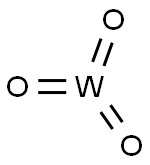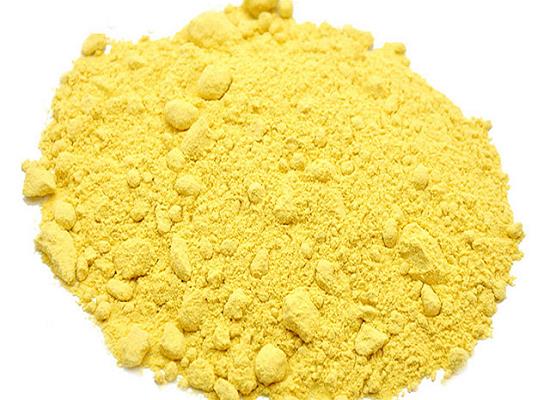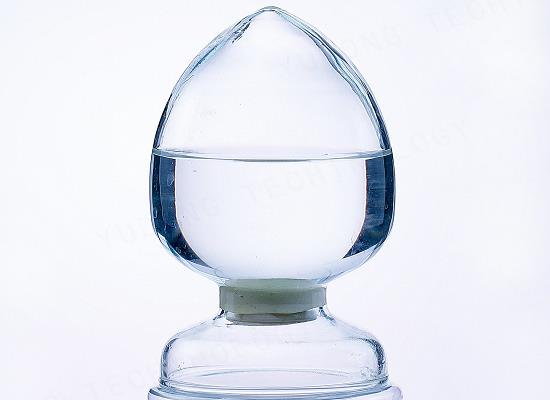Tungsten trioxide: Fabrication methods for EC films and Improvement of EC performance
General Description
The fabrication methods for Tungsten trioxide electrochromic films include magnetron sputtering, sol-gel, hydrothermal, electrodeposition, inkjet printing, self-assembly, chemical vapor deposition (CVD), and vacuum evaporation. Each method has its own advantages and disadvantages in terms of cost, efficiency, and film properties. Nanostructuring techniques involving 0D, 1D, 2D, and 3D nanostructures have been proven effective in enhancing the EC performance of Tungsten trioxide films by improving transfer kinetics and increasing active sites. Regulating the crystallinity of Tungsten trioxide films can significantly impact their electrochromic properties, with strategies aimed at obtaining controlled crystallinity for optimal performance. Hybrid films combining Tungsten trioxide with other conductive materials have also shown improved electrochromic properties. These advancements contribute to enhanced optical modulation, response time, coloration efficiency, cycling stability, and charging capacity.
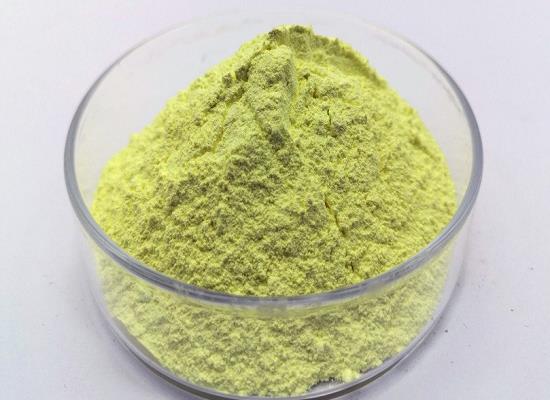
Figure 1. Tungsten trioxide
Fabrication methods for Tungsten trioxide EC films
There are several methods available for fabricating Tungsten trioxide EC films, including magnetron sputtering, sol-gel, hydrothermal, electrodeposition, inkjet printing, self-assembly, chemical vapor deposition (CVD), and vacuum evaporation. Each method has its own advantages and disadvantages in terms of cost, efficiency, and film properties. Magnetron sputtering allows for low-temperature film formation and good bonding but requires complex equipment. Vacuum evaporation offers excellent film purity but has poor adhesion and is vulnerable to water vapor absorption. The sol-gel method is cost-effective but may have limitations in material selection and adhesion. Inkjet printing is affordable and compatible with various substrates, showing promise in terms of low cost and good electrochromic characteristics. Other methods have their own advantages and disadvantages as well. The choice of fabrication method depends on factors such as cost, efficiency, film properties, and specific application requirements. Methods with low cost and high efficiency are valuable for commercialization purposes. 1
Improvement of EC performance of Tungsten trioxide films
Nanostructuring
Nanostructures with different dimensions (0D, 1D, 2D, and 3D) have been proven effective in enhancing the performance of electrochromic (EC) materials. The use of these nanostructures provides larger film/electrolyte contact areas, increases active sites, and shortens the ion/electron diffusion paths, thereby improving transfer kinetics. 0D nanostructures, such as Tungsten trioxide nanodots and nanoparticles, offer a short diffusion path length, facilitating ion/charge transfer. 1D nanostructures like nanowires and nanorods with high porosity and length-diameter ratios enhance ion and electron transport, leading to improved EC properties. 2D nanostructures, including nanosheets and nanoflakes, provide a large active area and good film-forming ability, making them suitable for low-cost EC film fabrication. 3D nanostructures, despite their complex synthesis processes, demonstrate desired EC performance due to their unique structures and extensive exposure area. Overall, the incorporation of nanostructures in EC materials offers significant improvements in optical modulation, response time, coloration efficiency, cycling stability, and charging capacity. These advancements are attributed to factors such as increased surface area, enhanced redox reaction sites, improved ion mobility, and efficient ion insertion/extraction processes. 2
Regulating crystallinity
The crystallinity of Tungsten trioxide has a significant impact on its electrochromic properties. While amorphous Tungsten trioxide exhibits better EC performance than crystalline Tungsten trioxide, its weak adhesion and poor cycling stability limit its practical application. Researchers are thus exploring strategies to obtain high-quality Tungsten trioxide films with controllable crystallinity by combining the advantages of both crystalline and amorphous states. One such strategy involves adjusting the temperature of the substrate during film preparation to achieve a Tungsten trioxide film with controlled crystallinity. Other approaches include using aligned hexagonal/amorphous Tungsten trioxide core/shell nanorod arrays or hybrid films with Ti3C2Tx. These strategies have led to Tungsten trioxide films with optical modulation ranges and switching response times close to those of amorphous Tungsten trioxide, while retaining the cycling stability of crystalline Tungsten trioxide. Adjusting the crystallinity of Tungsten trioxide through specific strategies is thus crucial for obtaining ideal Tungsten trioxide EC films. 2
Fabricating hybrid films
In addition to pure Tungsten trioxide nanomaterials, hybrid films based on Tungsten trioxide combined with other conductive materials often exhibit improved electrochromic properties. Nguyen et al. prepared a Tungsten trioxide/Ti3C2Tx hybrid film and assembled a flexible EC device, which showed enhanced performance compared to pure Tungsten trioxide-based devices. The introduction of 2D Ti3C2Tx with high electrical conductivity improved ion diffusion and charge transport, resulting in a large optical modulation, fast response speed, and high coloration efficiency. Deonikar et al. fabricated Tungsten trioxide·0.33H2O-Ag nanohybrids, and the resulting EC film exhibited enhanced properties due to surface modification with Ag nanoparticles. This modification improved conductivity, insertion/extraction kinetics, and surface area. The localized surface plasmon resonance effect of Ag nanoparticles also played a significant role in the EC performance. Overall, hybridization with suitable metals or substances can effectively enhance the performance of electrochromic films. 3
Reference
1. Zhu T, Chong MN, Chan ES. Nanostructured tungsten trioxide thin films synthesized for photoelectrocatalytic water oxidation: a review. ChemSusChem. 2014;7(11):2974-2997.
2. Zheng JY, Sun Q, Cui J, et al. Review on recent progress in WO3-based electrochromic films: preparation methods and performance enhancement strategies. Nanoscale. 2022;15(1):63-79.
3. Bon-Ryul K, Kim KH, Ahn HJ. Novel tunneled phosphorus-doped WO3 films achieved using ignited red phosphorus for stable and fast switching electrochromic performances. Nanoscale. 2019;11(7):3318-3325.
Related articles And Qustion
Lastest Price from Tungsten trioxide manufacturers
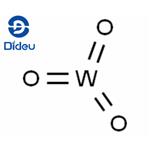
US $0.00-0.00/KG2025-12-13
- CAS:
- 1314-35-8
- Min. Order:
- 1KG
- Purity:
- 98
- Supply Ability:
- 10000KGS
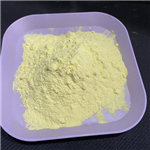
US $0.00/KG2025-04-15
- CAS:
- 1314-35-8
- Min. Order:
- 1KG
- Purity:
- 99%
- Supply Ability:
- 500000kg
